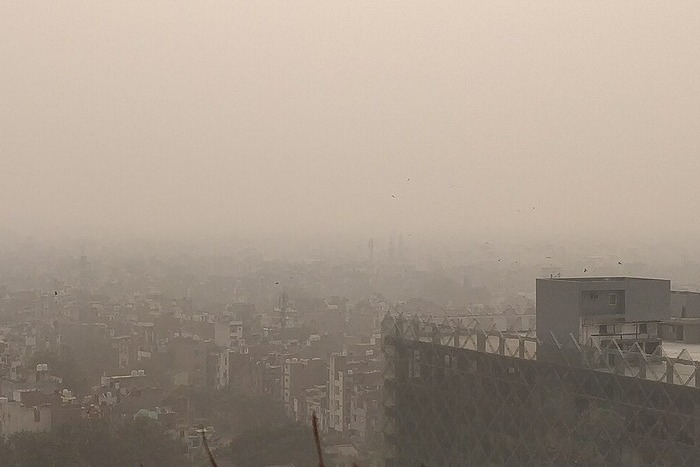The study found that DG sets account for approximately 7%–18% of total particulate matter in cities that failed to meet air quality targets.
Bengaluru Urban, Mumbai, Patna, Gautam Buddha Nagar (Noida), and North 24 Paraganas in West Bengal have the highest PM2.5 emission coming from diesel generator (DG) sets with serious implications on human health. In a recent report titled, “Switch on, Smoke off: Reducing Emissions from Diesel Generator Sets”, the Center for Study of Science, Technology and Policy (CSTEP), a Bengaluru-based think tank, said that these sets are prominent hyperlocal sources of air and noise pollution.
The report estimated that a total of 14.7 lakh DG sets, with a capacity of over 5 kVA and a cumulative capacity of 2,72,576 MVA, were operational in India in 2022. These DG sets contributed to 42 Gg of particulate matter with a diameter of 2.5 µm (PM2.5), 23 Gg of black carbon, and 877 Gg of nitrogen oxides (NOX) in India.
The DG sets are widely used for power backup in industrial, commercial, and residential complexes across India to mitigate the impact of unreliable power supply, especially when power demand is high. In rural areas, these sets are used for agricultural power and off-grid electricity. They have low installation costs and are readily available in a range of sizes and power capacities, making them popular for various applications in different sectors.
Cost-Effective Alternatives are Crucial to Reduce Air Pollution
The report noted that the DG set market is poised to grow at a compound annual growth rate of 8.8% by 2030. It is crucial to promote reliable and cost-effective alternatives, like the use of solar DG sets, newer DG sets with stringent emission controls, gas-based solutions, and retrofit emission control devices (RECDs) to mitigate air pollution.
Solar Photovoltaic systems, which have the potential to reduce emissions by 100%, currently only meet 30% of the demand for diesel generators due to high costs, land requirements, and reliability concerns. The report suggests using natural gas generators, which can reduce primary PM2.5 emissions by over 95%. However, key challenges include high initial costs, a poor network of gas pipelines in remote areas, and safety risks.
The report called for broader policy and economic support, including a national scrappage policy for outdated or super-emitter units and financial incentives for rooftop photovoltaic systems incorporating battery storage or the purchase of CPCB IV+ DG sets to reduce air pollution.
About The Author
You may also like
Hyperlocal air quality monitoring identifies pollution hotspots in Indian cities: Study
Meat, dairy industry surpasses fossil fuels in methane emissions: Report
Delhi-NCR most polluted region in India, Karnataka the cleanest air in India: Report
Outdoor air quality chronically underfunded, finds State of Global Air report
PM2.5 shortening average life expectancy of Delhi residents by almost 12 years

